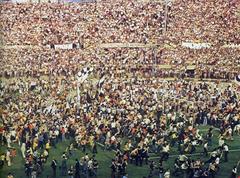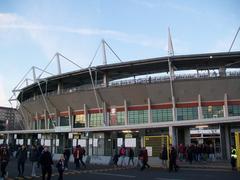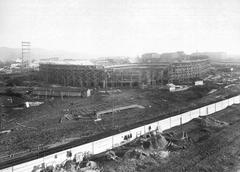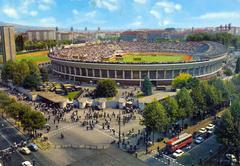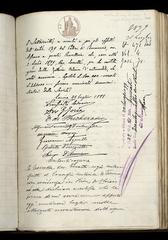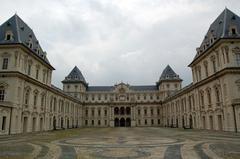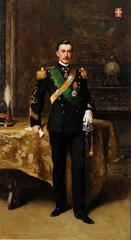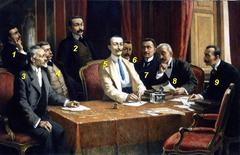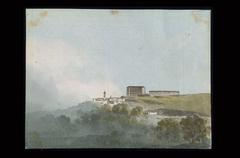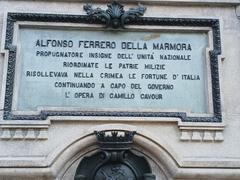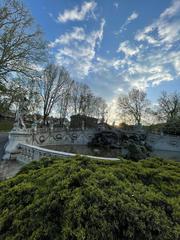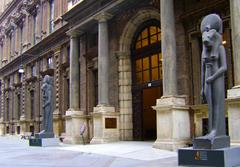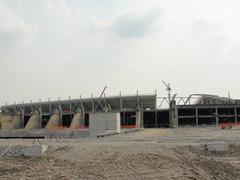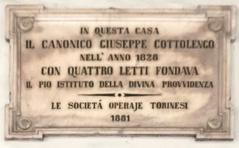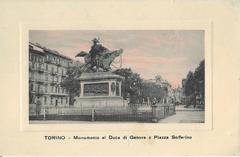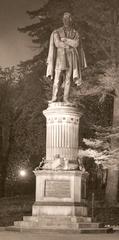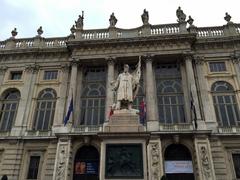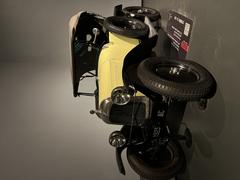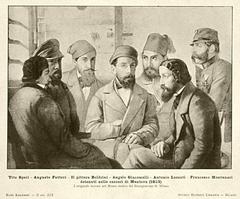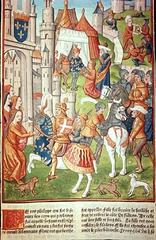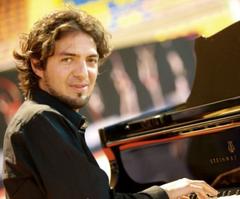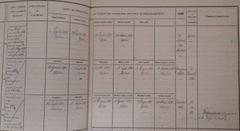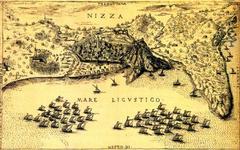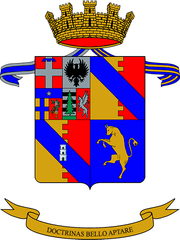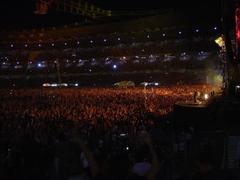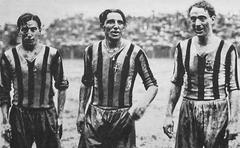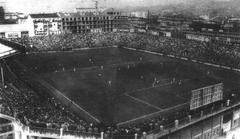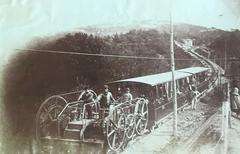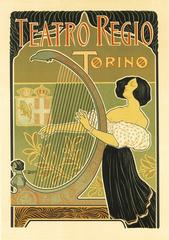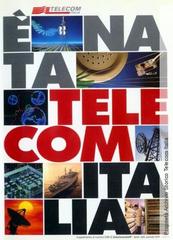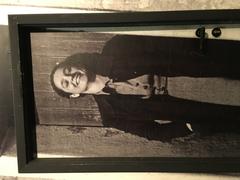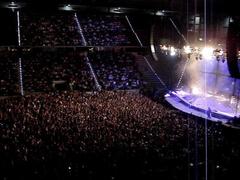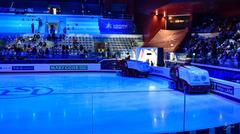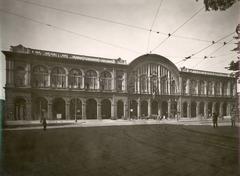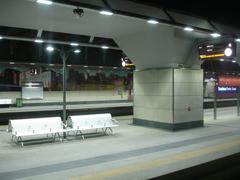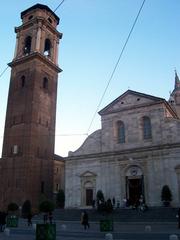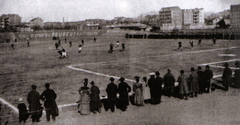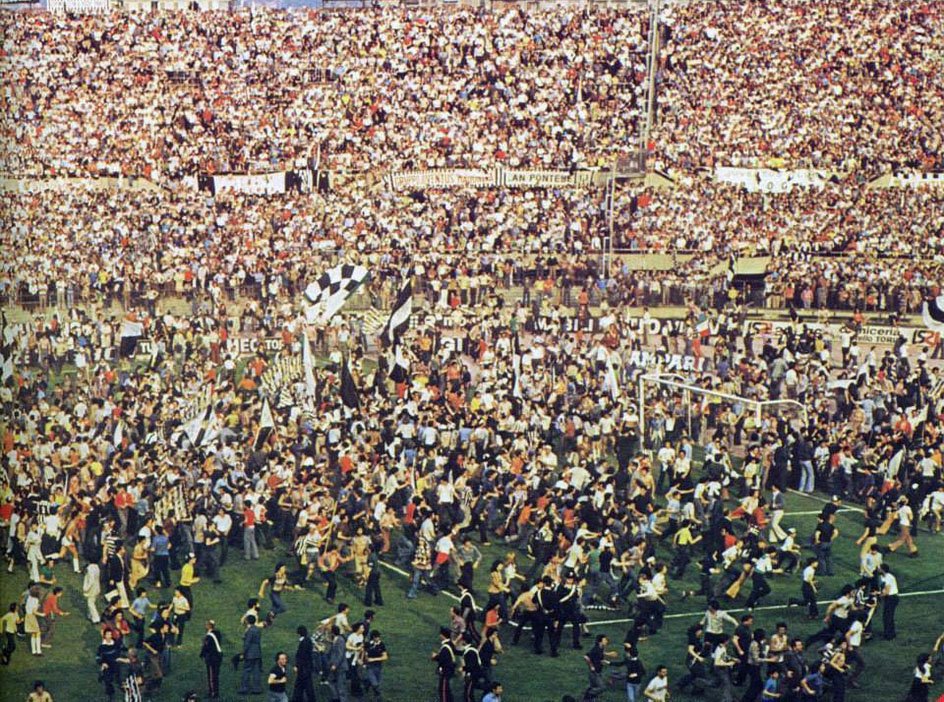
Stadio Olimpico Grande Torino: Visiting Hours, Tickets, and Travel Guide
Date: 14/06/2025
Introduction: History and Cultural Significance
Stadio Olimpico Grande Torino, set in the lively city of Turin, Italy, is more than just a sports venue—it’s a living chronicle of Turin’s sporting passion, architectural evolution, and cultural identity. Built between 1932 and 1933 and initially named Stadio Municipale Benito Mussolini, the stadium has undergone dramatic changes that mirror Italy’s complex 20th-century history. Its transformation—from its original rationalist architecture to its comprehensive modernization for the 2006 Winter Olympics—reflects a commitment to both preservation and innovation.
Today, the stadium stands as the home of Torino FC and is a memorial to the legendary “Grande Torino” team of the 1940s, whose tragic loss in the 1949 Superga air disaster left a profound mark on Italian sports culture. The venue is not only a site for thrilling football matches but also houses a museum celebrating the club’s legacy. Its continued multifunctional use for concerts and community events, along with its proximity to Turin’s renowned landmarks such as the Mole Antonelliana and Museo Egizio, makes it a must-see for sports fans and cultural explorers alike (Stadio Olimpico Grande Torino website, Turin Tourism portal).
Contents
- Introduction
- Historical Overview
- Origins and Early Development
- Renovations and Olympic Legacy
- The Grande Torino and Superga Tragedy
- Stadium Architecture and Facilities
- Visiting Information
- Hours and Tickets
- Accessibility
- Getting There
- Matchday Experience and Amenities
- Nearby Attractions and Travel Tips
- Cultural Impact
- Frequently Asked Questions (FAQ)
- Conclusion
- Sources
Historical Overview
Origins and Early Development
Stadio Olimpico Grande Torino was constructed in the early 1930s, designed by Raffaello Fagnoni with Enrico Del Debbio and Vittorio Ballio Morpurgo. The original stadium, capable of accommodating 65,000 spectators, was emblematic of the clean lines and practical elegance of the rationalist architectural style. It hosted significant events like the Littoriali Games and World Student Games, and was surrounded by cypress trees and marble statues reflecting the era’s stripped classicism (Stadium Guide).
Renovations and Olympic Legacy
After World War II, the stadium was renamed Stadio Comunale and became home to both Torino FC and Juventus FC. The most transformative renovation occurred for the 2006 Winter Olympics, when the stadium was modernized with a new roof, upgraded seating, and state-of-the-art facilities, reducing capacity to around 27,958 to enhance comfort and safety (stadiumguide.com). In 2016, it was renamed in honor of the “Grande Torino” team.
The Grande Torino and Superga Tragedy
The “Grande Torino” team, dominant in the 1940s, won five consecutive Serie A titles and became a symbol of Italian football excellence. On May 4, 1949, tragedy struck when the team’s plane crashed into the Basilica di Superga hill, killing all 31 on board. This event deeply impacted the nation and is commemorated annually by Torino FC at both the stadium and the Superga Basilica. The stadium’s museum displays memorabilia and stories, connecting visitors to this poignant legacy (calciodeal.com).
Stadium Architecture and Facilities
Architectural Features
The stadium’s elliptical design, covered stands, and unobstructed views exemplify Italian stadium architecture. The 2006 renovations introduced a lightweight steel roof and modern amenities, while preserving the character of the original bowl. With seating for over 28,000, the stadium offers:
- Tribuna Centrale: Main stand for VIPs and central ticket holders
- Curva Maratona and Curva Primavera: Home and away fan sections
- Distinti: Family- and neutral-friendly areas
Accessibility and Sustainability
Stadio Olimpico Grande Torino is fully accessible, featuring ramps, elevators, and designated seating for visitors with disabilities. Sustainability initiatives include solar panels, rainwater collection, and LED lighting (Stadio Olimpico Architecture).
Technology and Security
- Biometric turnstiles and CCTV for secure, efficient entry
- High-definition video screens for replays and information
Visiting Information
Hours
Stadium and museum tours typically run from 10:00 AM to 6:00 PM, Tuesday to Sunday, with closures on Mondays and public holidays. Hours may vary on match or event days; always confirm on the official website.
Tickets
- Match Tickets: Prices range from €20 (curve) to €60 (central stands), with higher prices for major matches. Tickets are available online via the Torino FC website and at the stadium.
- Tours and Museum: Guided tour tickets, including museum access, cost €10–€20 and can be booked online or at the stadium.
Accessibility
Wheelchair access is provided throughout the stadium, with accessible restrooms and parking. Visitors requiring assistance should contact staff in advance (turismotorino.org).
Getting There
- Tram: Tram 4 from Porta Nuova and Tram 10 from Porta Susa (Sebastopoli or Filadelfia stops)
- Bus: Lines 14 and 17
- By Car: Free parking is available on the outskirts; public transport is recommended due to limited central parking
Address: Via Filadelfia 88, 10137 Torino
From the city center, the stadium is 7 km away and 3.5 km from Porta Nuova railway station. Turin Airport is connected by the GTT railway (footballgroundguide.com).
Matchday Experience and Amenities
Atmosphere and Seating
The Curva Maratona is famous for passionate Torino FC supporters, creating a vibrant, welcoming atmosphere. Away fans are seated in the Curva Primavera. The absence of roof-supporting pillars ensures clear views from every seat (facts.net).
Food and Drink
Options include the Bar-Paninoteca Olimpico kiosk and nearby cafes such as Serafina, Sweet Toro, and Capriccio. A wide selection of restaurants and bistros is accessible by tram or on foot.
Accommodation
Nearby hotels include Hotel Cairo, Hotel Galimberti, and Hotel Parco Fiera, with a full range of options in the city center (footballgroundguide.com).
Stadium Tours and Museum
Guided tours, available Monday to Friday from 10:00 to 18:00, offer access to the Torino FC Museum, players’ tunnel, locker rooms, and pitchside areas. The museum documents the club’s illustrious history and the legacy of the Grande Torino (footballgroundguide.com).
Events Beyond Football
The stadium also serves as a venue for major concerts and events, hosting artists such as Zucchero and Marco Mengoni (songkick.com). Event details are available via the stadium or event-specific platforms.
Nearby Attractions and Travel Tips
Combine your visit with trips to the Mole Antonelliana, Museo Egizio, and Basilica of Superga. The Santa Rita district offers cafes, shopping, and parks. Arrive early on event days to enjoy the atmosphere and avoid congestion; check the weather forecast and plan accordingly.
Cultural Impact
Stadio Olimpico Grande Torino is a focal point for Turin’s community identity. Annual commemorations, social initiatives, and youth programs foster unity and inspire new generations. The stadium’s role as both a sports and cultural venue highlights Turin’s vibrant life (calciodeal.com).
Frequently Asked Questions (FAQ)
What are the visiting hours?
10:00 AM–6:00 PM, Tuesday to Sunday; closed Mondays and public holidays. Confirm hours on event days.
How do I buy tickets?
Online via the Torino FC website, authorized vendors, or at the stadium.
Is the stadium accessible?
Yes, full accessibility is provided for visitors with disabilities.
Are guided tours available?
Yes, tours are available and should be booked in advance, especially during peak periods.
What are the best transport options?
Public trams and buses are recommended; parking is limited.
Are there food and accommodation options nearby?
Yes, a variety of cafes, restaurants, and hotels are within walking distance.
Visual and Media Suggestions
Enhance your visit with:
- Aerial images of the stadium’s elliptical design
- Interior shots of seating and the museum
- Virtual tours via the official websites
Conclusion
Stadio Olimpico Grande Torino is an essential destination for anyone seeking to experience Turin’s sporting traditions and cultural vibrancy. Its blend of history, modern amenities, and passionate atmosphere provides an unforgettable experience. Ensure a smooth visit by checking current hours and ticket options, planning your route, and exploring the surrounding area.
For the latest updates, ticketing, and events, consult the official Torino FC website and the Turin Tourism portal.
Sources
- Stadio Olimpico Grande Torino Visiting Hours, Tickets & History | Turin Historical Site Guide (stadioolimpicograndetorino.it)
- Visiting Stadio Olimpico Grande Torino: History, Tickets, and Tourist Guide (calciodeal.com)
- Stadio Olimpico Grande Torino: Visiting Hours, Tickets, and Architectural History (stadiumguide.com)
- Stadio Olimpico Grande Torino Visiting Hours, Tickets, and Matchday Guide (footballgroundguide.com)
- Turin Tourism Official Site (turismotorino.org)
